7 Wonders of the World: Old vs New
How many wonders of the world can you still visit?
Today, only one of the original seven wonders remains in any complete form - the Pyramids at Giza in Egypt.
However, there are some remains of the Temple of Artemis (Turkey); the Mausoleum of Halicarnassus (Turkey); and the Pharos of Alexandria (Egypt) - all of which are worth visiting.
Despite just one of the original seven wonders remaining largely intact, there are seven “new” ones that still exist and can be explored in person.
Who compiled the list of the original 7 wonders of the world?
The original seven wonders of the world were compiled two hundred years before Christ, by 2nd-century-BCE writer Antipater of Sidon and another unknown observer of the same period, perhaps the mathematician Philon of Byzantium.
What are the original 7 Wonders of the World?
They were a collection of the finest architectural and sculptural achievements of the Mediterranean and Middle East - where the most advanced civilisations were then located.
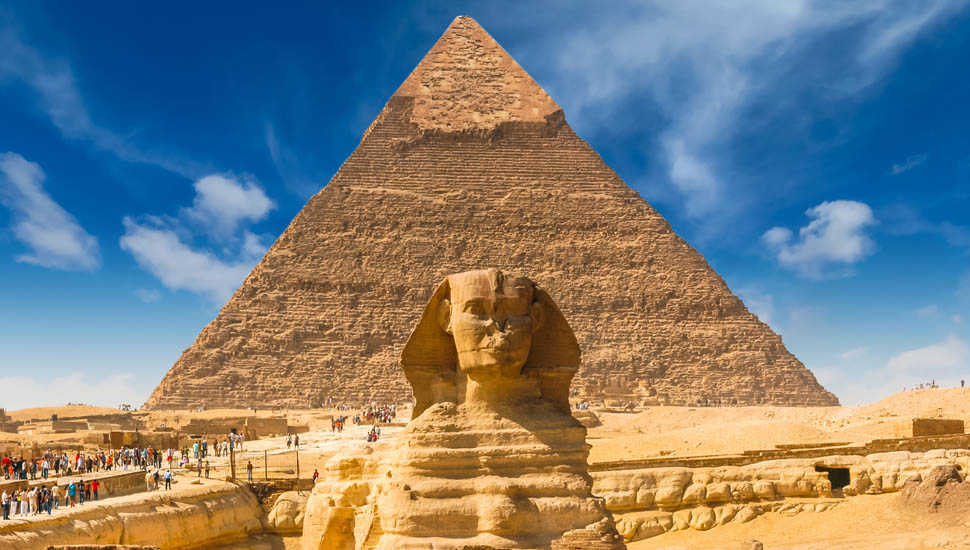
Pyramids at Giza
Most of us can name at least one of the wonders of the world, so infamous such are the Egyptian Pyramids.
The Great Pyramid of Giza (also known as the Pyramid of Khufu), the biggest of the three pyramids, was the tallest manmade structure in the world for more than 3,800 years.
What was the Pyramid of Giza built for?
The oldest of the seven wonders of the Ancient World, and the only one to remain largely intact, Egyptologists say it was built as a tomb for the Fourth Dynasty Egyptian pharaoh, Khufu.
The Hanging Gardens of Babylon
The Hanging Gardens of Babylon are believed to be a complex of landscaped terraces, containing a wide variety of trees, shrubs, and vines.
Those responsible for their exact creation remains and mystery (if indeed, they even existed, and were not just a purely mythical) and no-one knows exactly where the gardens were supposedly located - although they were probably somewhere in modern-day Iraq or Syria.
Statue of Zeus at Olympia
A huge, ornate figure of the god on his throne, the statue of Zeus was said to be 41ft in height.
The rediscovery of Phidias of Athens' workshop during the 1950's confirmed that the statue was carved around 430 BCE by Phidias.
What was the statue of Zeus made from?
The wooden frame was coated with a combination of gold and ivory plates, whilst the throne on which Zeus sat was decorated with ebony, ivory, gold and precious stones.
What happened to the statue of Zeus?
The fate of the statue is unknown, but there are several possible accounts of its destruction., including theories that the statue was destroyed by fire.
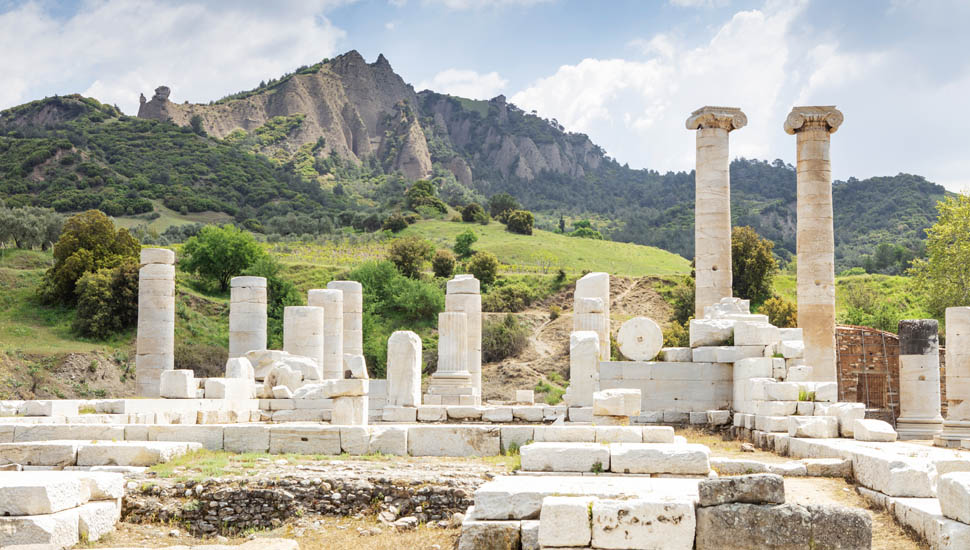
Temple of Artemis at Ephesus
When was the Temple of Artemis built?
The earliest version of the temple dates to the Bronze Age. However, it was the temple built on the site at Ephesus in the 6th century BCE that was regarded as one of the Seven Wonders, not least due to its sheer size.
Designed and constructed from around 550 BC by the Cretan architect Chersiphron and his son Metagenes, the Temple of Artemis was double the dimensions of other Greek temples including the Parthenon.
What happened to the temple of Artemis?
The temple was rebuilt following an act of arson in 356BCE but came to its final demise when the temple was destroyed in an invasion and never rebuilt.
Can I still see remains of the temple of Artemis?
A handful of columns remain of this once-mighty temple, but it's still worth visiting as is the rest of Ephesus, located in modern-day Turkey.
Archaeological finds from the temple of Artemis can also be found closer to home; remnants of the temple and associated items found at the site are on display in the British Museum.
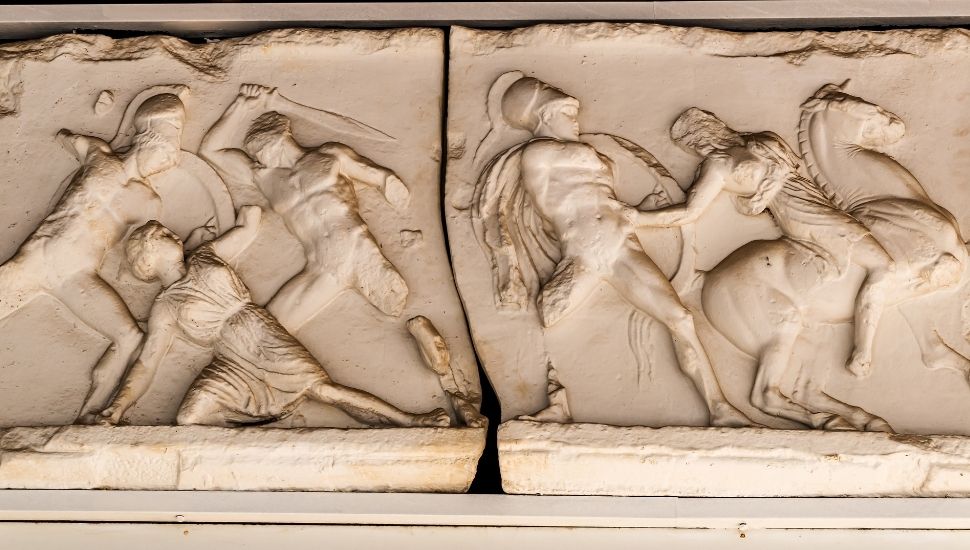
Mausoleum of Halicarnassus
The Mausoleum at Halicarnassus was built between 353 and 350 BC.
The mausoleum was the Tomb of Mausolus, a Satrap of Persia and ruler of Caria,
Greek architects and artists were commissioned by Mausolu's sister-wife to build the mausoleum, which stood approximately 148 ft in height, and the four sides featured a range of striking sculptural reliefs.
What happened to the Mausoleum of Halicarnassus?
It is believed that the mausoleum was likely destroyed by an earthquake.
Can I visit the remains of the Mausoleum of Halicarnassus?
Many elements from the mausoleum were used in the construction of Bodrum Castle, still existent and located in modern-day Turkey.
Sections of the mausoleum's polished marble can be seen in Bodrum Castle, while some substantial pieces of the mausoleum's decorative sculpture can be seen at the British Museum in London.
Colossus of Rhodes
The Colossus of Rhodes was a bronze statue of the Greek sun-god Helios, constructed to celebrate the successful defence of Rhodes city.
How large was the Colossus of Rhodes?
Erected by Chares of Lindos in 280 BC, the Colossus of Rhodes is believed to have stood about 110 foot tall, on top of a 50-foot marble base at the port of Rhodes. That is, until the statue snapped at the knees during an earthquake in 226BC.
What happened to the remnants of the Colossus of Rhodes?
Accounts suggest that, after having laid at the place they fell for 800 years, the remains of the statue were melted down by Arabs and sold to a Jewish merchant from Edessa (present-day Homs, Syria).
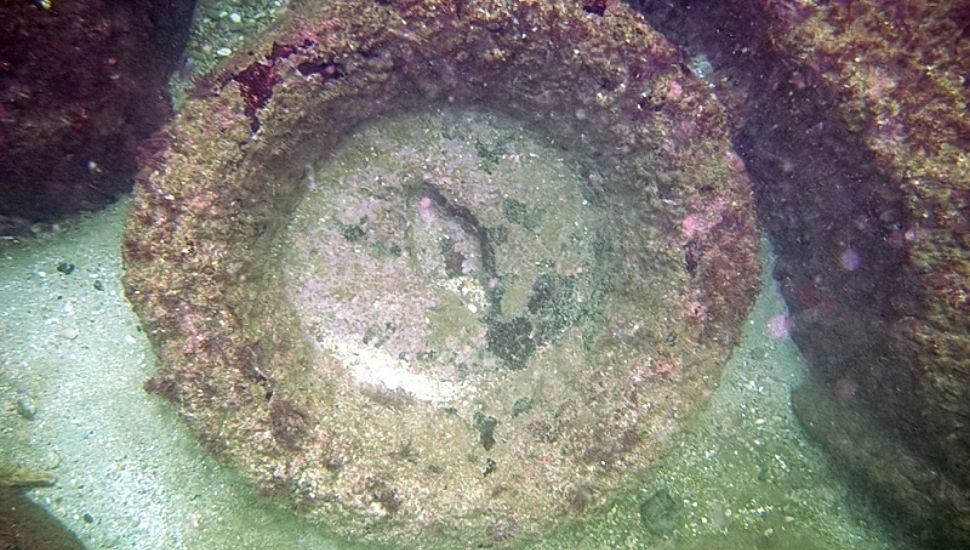
Credit: Roland Unger, CC BY-SA 3.0
Pharos of Alexandria
Another of the man-made wonders of the world, the Lighthouse of Alexandria, or Pharos of Alexandria is a famous lighthouse of the ancient world, built around 280BCE.
How tall was the lighthouse of Alexandria?
It has been estimated to have been at least 100 metres (330 ft) tall, and it was, for many centuries, one of the tallest man-made structures in the world.
The only taller man-made structures at the time would have been the Pyramids of Giza.
Can I still visit the Pharos of Alexandria?
Severely damaged by earthquakes, the remains - including huge granite columns - still lie in Alexandria's harbour.
It's possible to dive the remnants.
What are the new 7 Wonders of the World?
A new list of the seven wonders was compiled by a Swiss foundation in 2000.
100 million votes from around the world were collated, resulting in the list below. Not everyone was pleased with the final list, though; high-profile contenders like Athens's Acropolis failed to make the list.
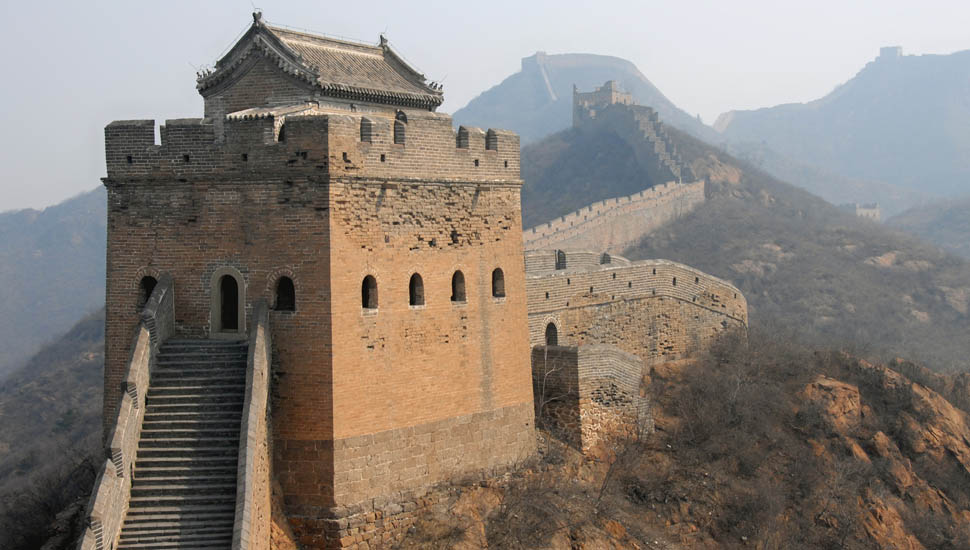
Great Wall of China
Built to defend the Middle Kingdom from invaders, the Great Wall of China ran for about 5,500 miles, or up to 13,170 miles.
How long did it take to build the Great Wall of China?
If you agree with one Chinese study. Building started in the 7th Century BCE and carried on for two thousand years.
Various stretches were built, and not all link up into one coherent wall.
The most well-known sections of the wall were built by the Ming dynasty (1368–1644). Part of this, the Badaling Great Wall was the first section of the Great Wall to be open to the public.
How many people visit the Great Wall of China?
Hugely popular with visitors from around the world, The Badaling Great Wall saw nearly 10 million visitors in 2018, leading to a daily limit of 65,000 visitors being instated in 2019.
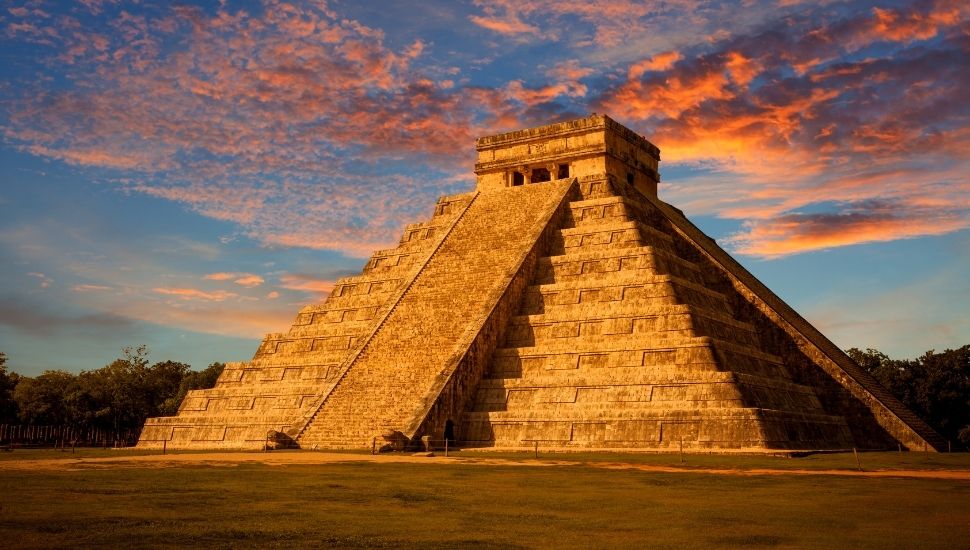
Chichén Itzá, México
A sacred city founded by the Itza in the 5th century AD. this Mayan city reached its peak in the 9th and 10 centuries CE.
The name Chichén means "mouth of the well" and Itzá refers to those who founded it, the Itzáes "water witches", around the year 435.
Chichén Itzá was an incredibly important religious and ceremonial site, as well as a sophisticated urban centre and hub of regional trade
Chichén Itzá cenotes
The city's only permanent source of water were the cenotes (sinkhole wells).
It is believed that Maya people sacrificed objects and human beings into the cenote as a form of worship to the Maya rain god Chaac.
Archaeologists have recovered artifacts of gold, incense, jade and pottery, as well as human remains. In the largest of these cenotes.
El Castillo, Chichén Itzá
The centrepiece, a majestic, stepped pyramid called El Castillo (“The Castle''), rises 24 metres.
The temple has 365 steps—one for each day of the year. Each of the temple's four sides has 91 steps, and the top platform makes the 365th.
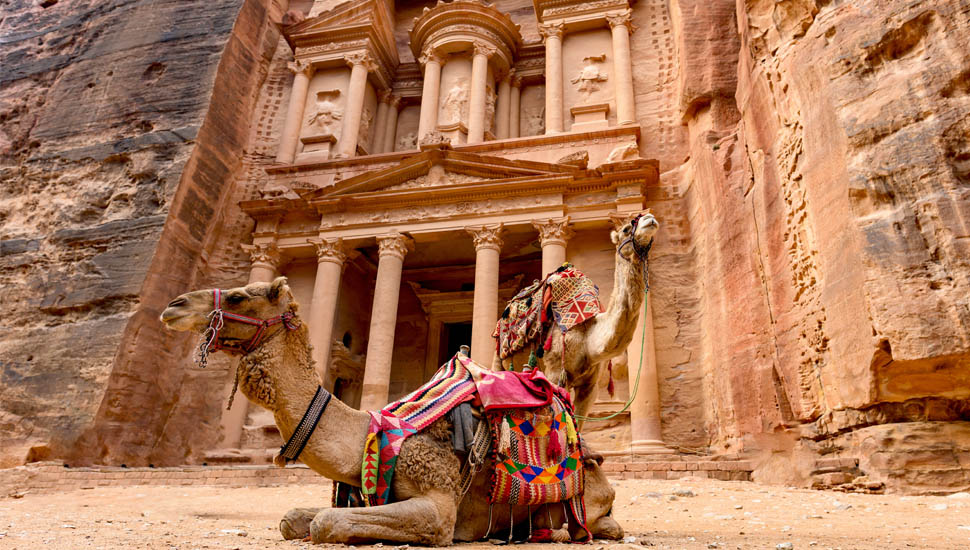
Petra, Jordan
Located where Moses purportedly struck rock, causing water to gush forth, the city of Petra is one of the most famous archaeological sites in the world.
Petra, also known as the rose-red city - a name it gets from the colour of the rock from which many of the city's structures were carved - remains shrouded in mystery.
How many people lived in Petra?
At its height it was home to 30,000 people, until shifting trade routes and earthquakes triggered its demise.
When was Petra rediscovered?
Petra was rediscovered in 1912, but many questions about the site remain unanswered.
Buildings of Petra
The Khazneh, made popular by Indiana Jones and The Last Crusade, is undoubtedly the most famous building in Petra. However, it's not the biggest. This title goes to the Monastery in Petra, a massive building that stands 50 meters wide and 45 meters tall.
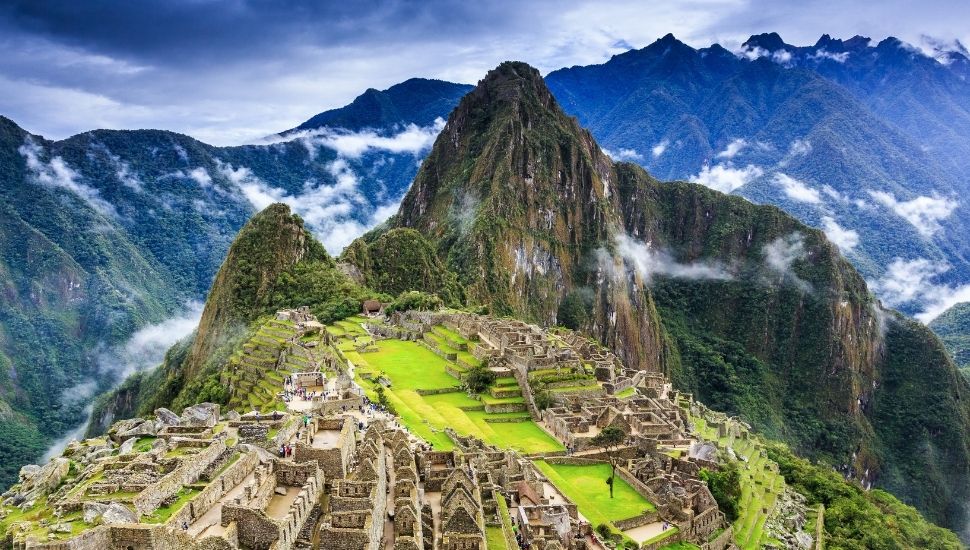
Machu Picchu, Peru
The purposes of this Incan complex of farming terraces, plazas, homes and temples remains a mystery, but it's a rare example of intact pre-Columbian ruins.
Where is Machu Pichu?
Stunningly located in the Andes mountains, the site features more than 150 buildings and stretches over an impressive 5-mile distance.
There are more than 3,000 stone steps that link its many different levels.
The central buildings are prime examples of a masonry technique mastered by the Incas in which stones were cut to fit together without mortar.
Many landmarks at Machu Picchu, both man-made and mountainous appear to align with astronomical events like the solstice sunset, such as Temple of the Sun and the Intihuatana Stone.
Best way to visit Machu Pichu?
Whilst it is possible these days to take a take a train to Machu Picchu, for the fit there is simply no substitute for traveling to Machu Picchu the way the Inca themselves did— hiking the Inca Trail to Machu Picchu on foot.
Due to heavy use (and subsequent environmental impact), the trail has become heavily regulated, and it is not possible for you to undertake the trek independently.
If you wish to do the trek you must do so with an organized group.

Christ the Redeemer, Brazil
Conceived just after World War One to dissuade "godlessness", Christ the Redeemer, an art deco statue, stands over Rio De Janeiro.
Where is the Christ the Redeemer statue?
The Christ the Redeemer statue is located at the peak of the 700-metre (2,300 ft) Corcovado Mountain in the Tijuca Forest National Park overlooking the city of Rio de Janeiro below.
How tall is the Christ the Redeemer statue?
The Christ the Redeemer statue is 98 metres tall from its base and stands 2,340 feet above sea level.
It's made of reinforced concrete and covered in about six million tiles.
Lightning strikes
In February 2008, lightning struck the statue during a violent thunderstorm, causing some damage to the fingers, head and eyebrows.
The state government initiated a restoration effort to replace some of the outer soapstone layers and repair the lightning rods on the statue.
Lightning damaged the statue again in January 2014, this time dislodging a finger on the right hand.
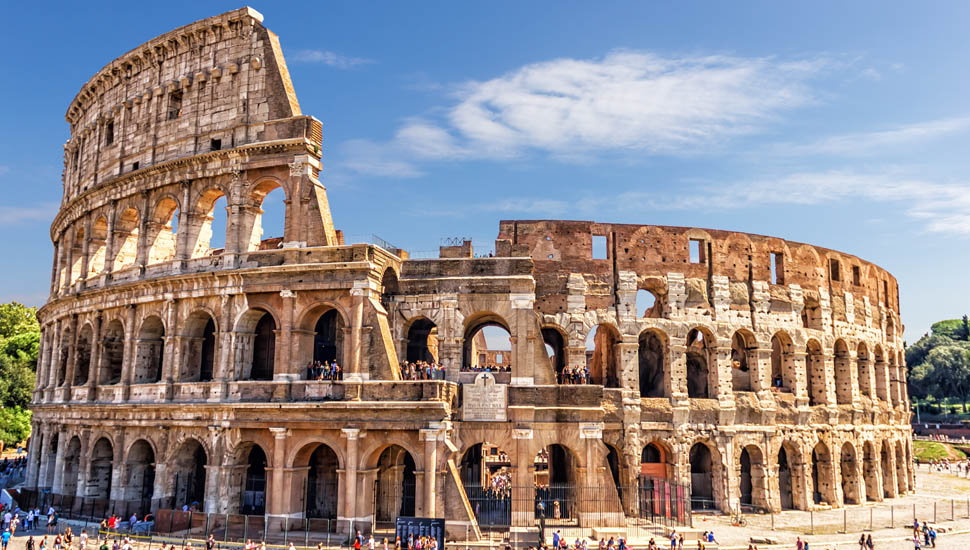
Colosseum, Rome, Italy
Commissioned by Emperor Vespasian in the first century, Vespasian's son Titus opened the Colosseum (officially known as the Flavian Amphitheatre) in A.D 80 with 100 days of games.
With capacity for 50,000 to 60,000 spectators, the Colosseum hosted gladiator battles, although men fought wild animals, too.
Some estimates suggest 500,000 people died there, together with countless animals.
The structure of the Colosseum
Unlike earlier amphitheatres, the Colosseum is a freestanding structure of stone and concrete, using a complex system of barrel vaults and groin vaults.
Can I visit the Colosseum in Rome?
Two-thirds of the original Colosseum has been destroyed over time. However, the amphitheatre remains a popular tourist destination, as well as an iconic symbol of Rome.
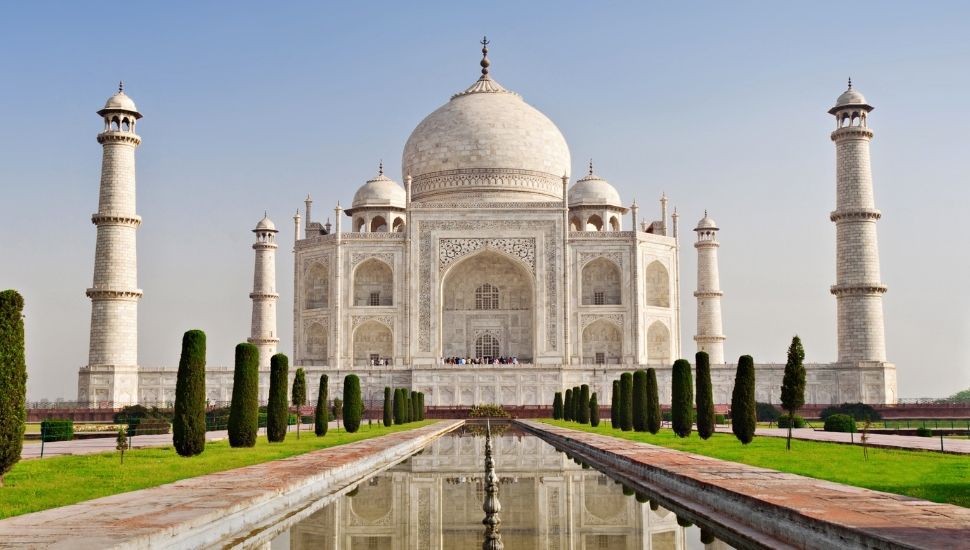
Taj Mahal, Agra, India
Arguably the finest example of Mughal architecture, this marble structure was built on the southern bank of the Yamuna river.
How long did it take to build the Taj Mahal?
Originally known as the Rauza-i-munawwara, it took more than 20 years and around 20,000 craftsmen and artisans to build the Taj Mahal.
Who commissioned the Taj Mahal?
It was commissioned in 1632 by the Mughal emperor Shah Jahan, to house the body of his wife, Mumtaz Mahal and upon his own death he was entombed beside his wife in the structure that he built for her.
The Taj Mahal Mausoleum
Referred to by many as the “jewel of Muslim art in India,” the mausoleum is the centrepiece of the Taj Mahal's vast 42-acre complex, which also includes a mosque, beautiful gardens, other mausoleums and various outbuildings of equal grandeur.
Get a Quote